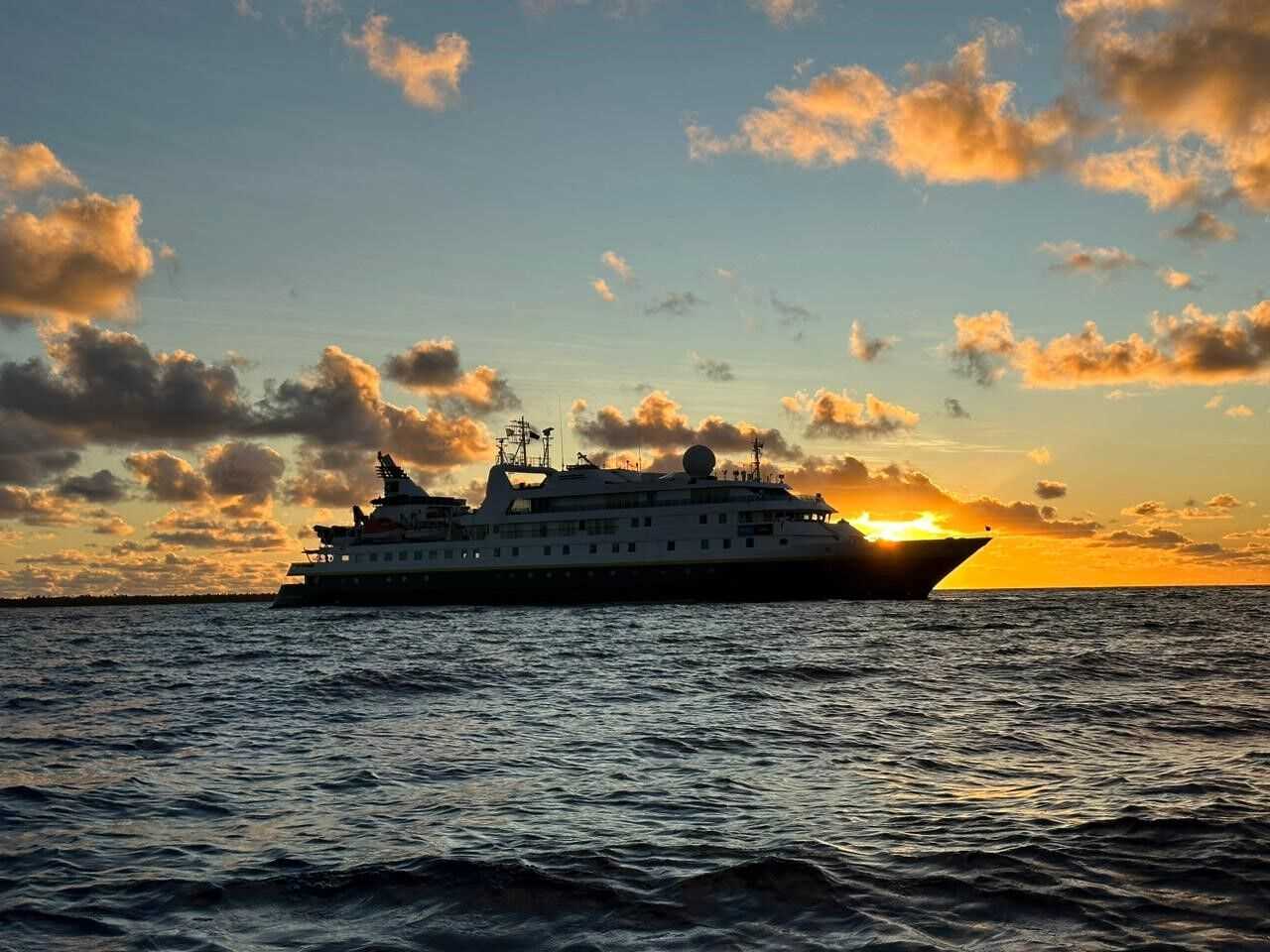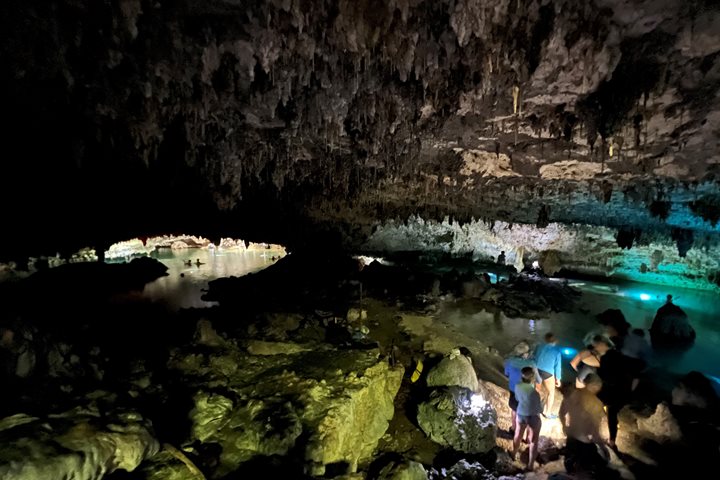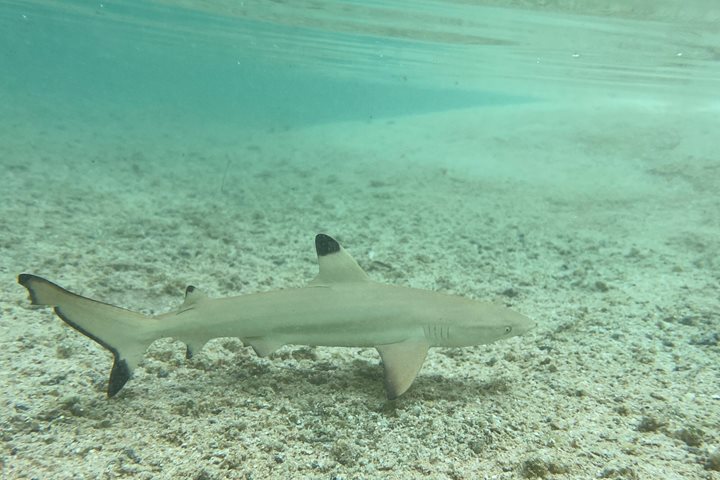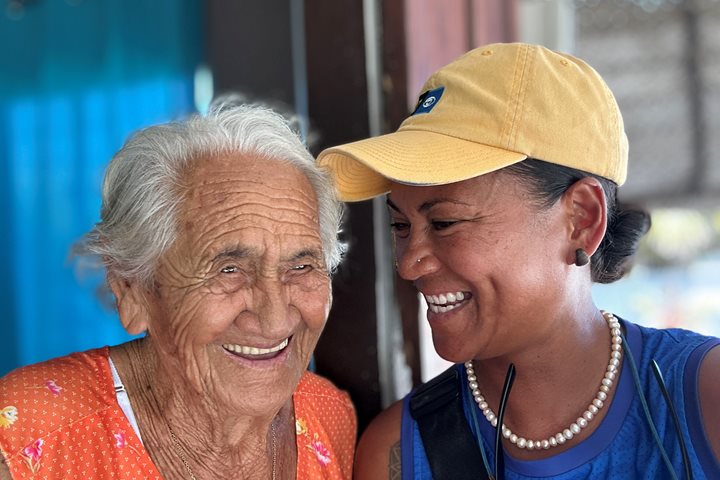Kura ora, or “hello.” Today we arrived in Anaa, and we were greeted by the beautiful singing of the local people. The morning was filled with amazing activities.
We visited the markets and admired handcrafted shell necklaces and hats made from pandanus and coconut fiber.
While exploring the island, we came across locals practicing javelin throwing (patiafa) for the upcoming Tu’aro ma’ohi games in July. Anaa are known to be the champions of this sport in French Polynesia.
While some of our guests explored the island, others went for a swim to cool down. On our way back to the ship, we spotted a group of pilot whales. What a great way to end the day.
Meitaki maata mama natura!







